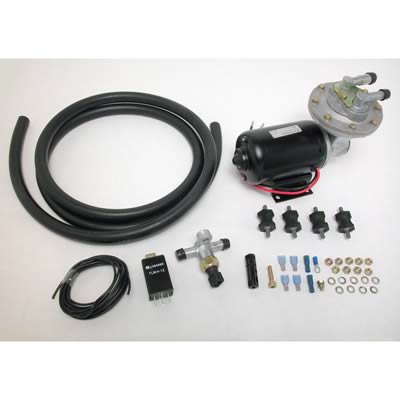What would be the fun in a "reduced performance" electric car.
First and foremost, the goal of this conversion is to achieve similar performance to the original ICE. Every ounce of research has unraveled several rules of thumb; namely the electric power plant must be:
1. 1/2 the power of the ICE.
2. 2/3 the power of the ICE.
3. Short term peak torque equals that of the ICE.
4. 35kW for every 1000kg of weight.
Rules of thumb are a good starting point. I prefer more exact numbers. Especially when significant cash investments are involved! So my starting point is a dyno chart of the factory spec turbo 2.0L.
In order to compare electric motors, some additional parameters were required. Namely, the voltage and current. Based on parameters outlined on the electricporsche.ca website, I chose a similar battery pack. 320V and 40 or 60 Ah depending on range/driving conditions. Peak discharge current is dependent on the exact cells used. Final testing will have to confirm this, but 10C seems to be a reasonable peak. So that translates to 400-600 battery amps (128-192 kW).
The electric 944 used a Warp11 HV motor. In a similar fasion, the Kostov 11" 250V motor presents a very attractive mover. And for a visual comparison, the K11 at max battery output would see 512-768 motor amps; and produces very, very similar power as the ICE. Note this is not an actual dyno of the EV Talon ICE (its based on numbers found online and confirmed with data from my OBDII logger).
Another option (often seen on the drag race scene) is dual 9" motors. These can be linked axially or stacked and belted/geared together as shown below. This is a stacked setup sold by rebirthauto.com
And for those with more lateral space than vertical/horizontal space, Kostov (and Warp) offer axially linked motors direct from factory.
Below is a dyno chart comparing a dual Kostov 9" 220V with the factory ICE. Wired in parallel, each motor would see 290-436 motor amps. Another dyno comparison at 290A:
The K11 250V motor provides closer to ICE performance given the same battery limitations. However, two important things to note are:
1. The upper RPM limit of the K11 at full load is around 4200.
2. The physical thermal mass of two 9" motors is greater, and they can handle more current than a single 11".
For comparison, if we had a battery pack capable of delivering 800A, the dual 9" motors would be the preferred choice because they would maintain a higher RPM under full load. In the chart below, I imposed some current limits on startup to more closely mimic the ICE. In reality, with no current limits, the torque curve would be horizontal as seen in the above charts.
However, given the imposed battery power limits of 10C at 320V, the K11 appears a better choice.
I had the opportunity to visit and drive the electric 944 from electricporsche.ca this weekend. What a fantastic drive - and it was only on a 150V pack!!! I was somewhat worried about the 4200 RPM power band of the K11. But after this weekend, I am 100% convinced it is the right choice. Driving at a battery setting of 400A was very good and keeping up with traffic was a breeze. Cranking up the current settings moved the performance into a whole new realm. 600-800A really pushed you back in the seat. And the full 1000A peak battery current was just crazy fun. I can only imagine what the performance will be like at the full pack voltage once it is complete!


















